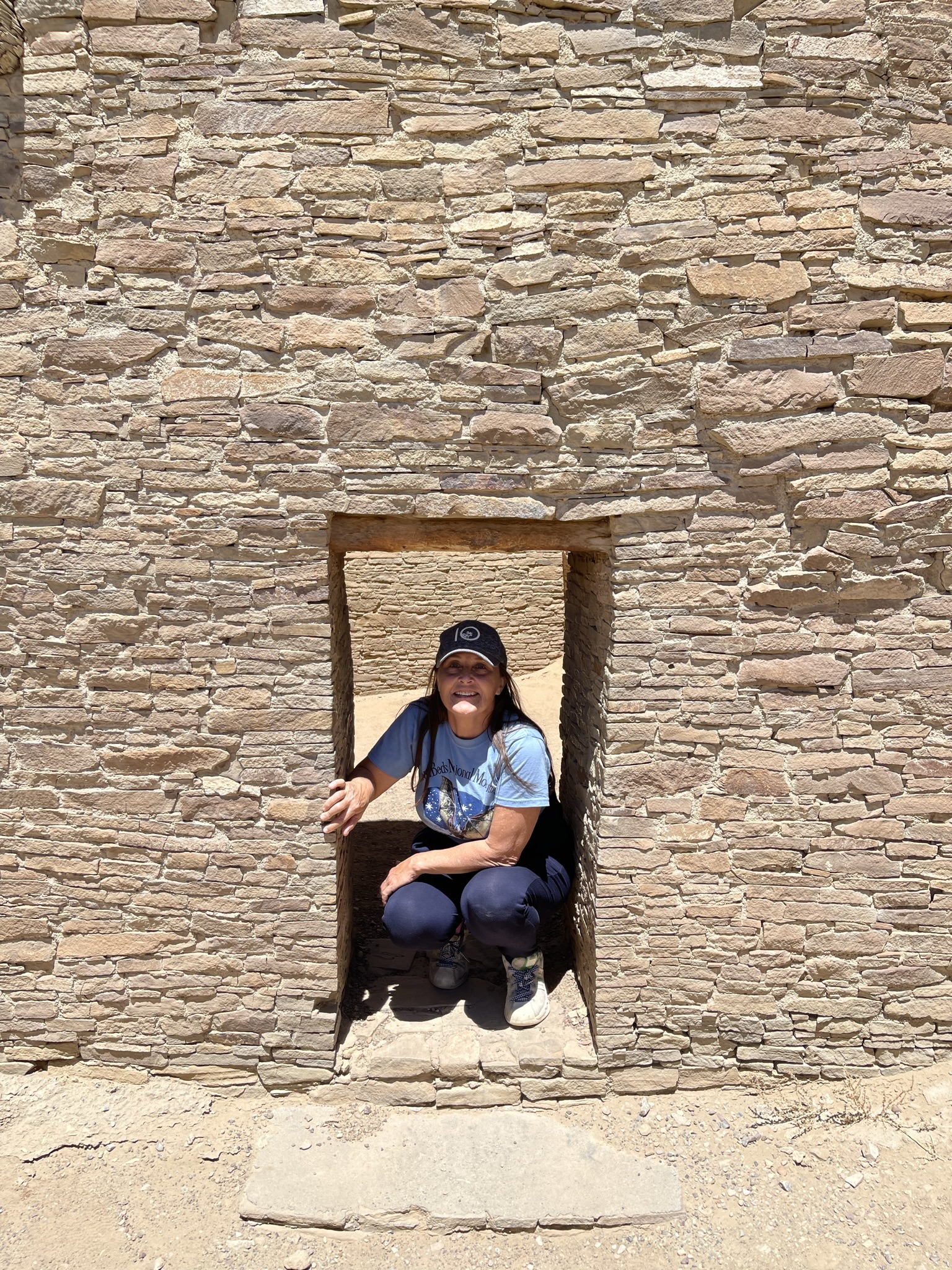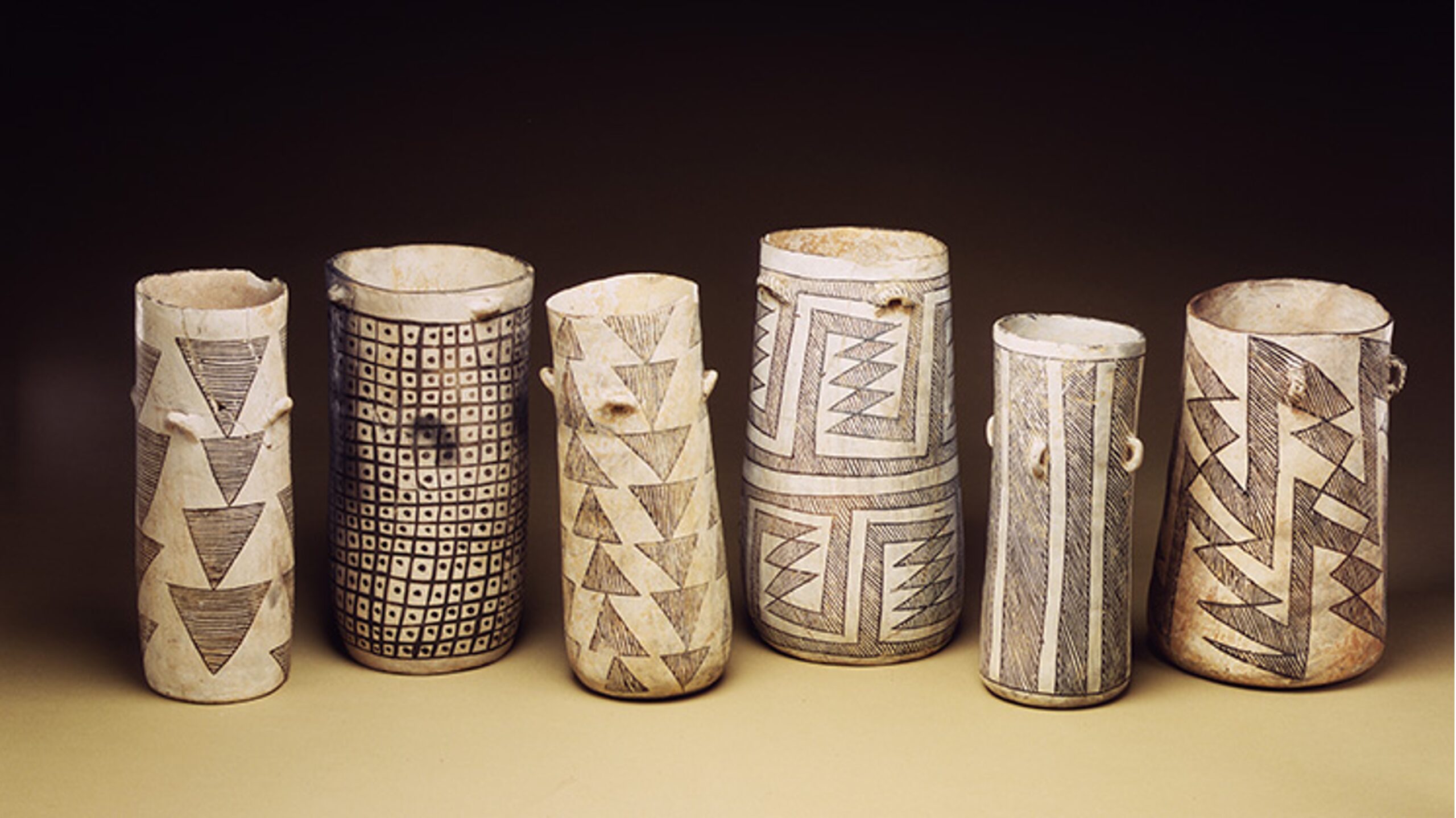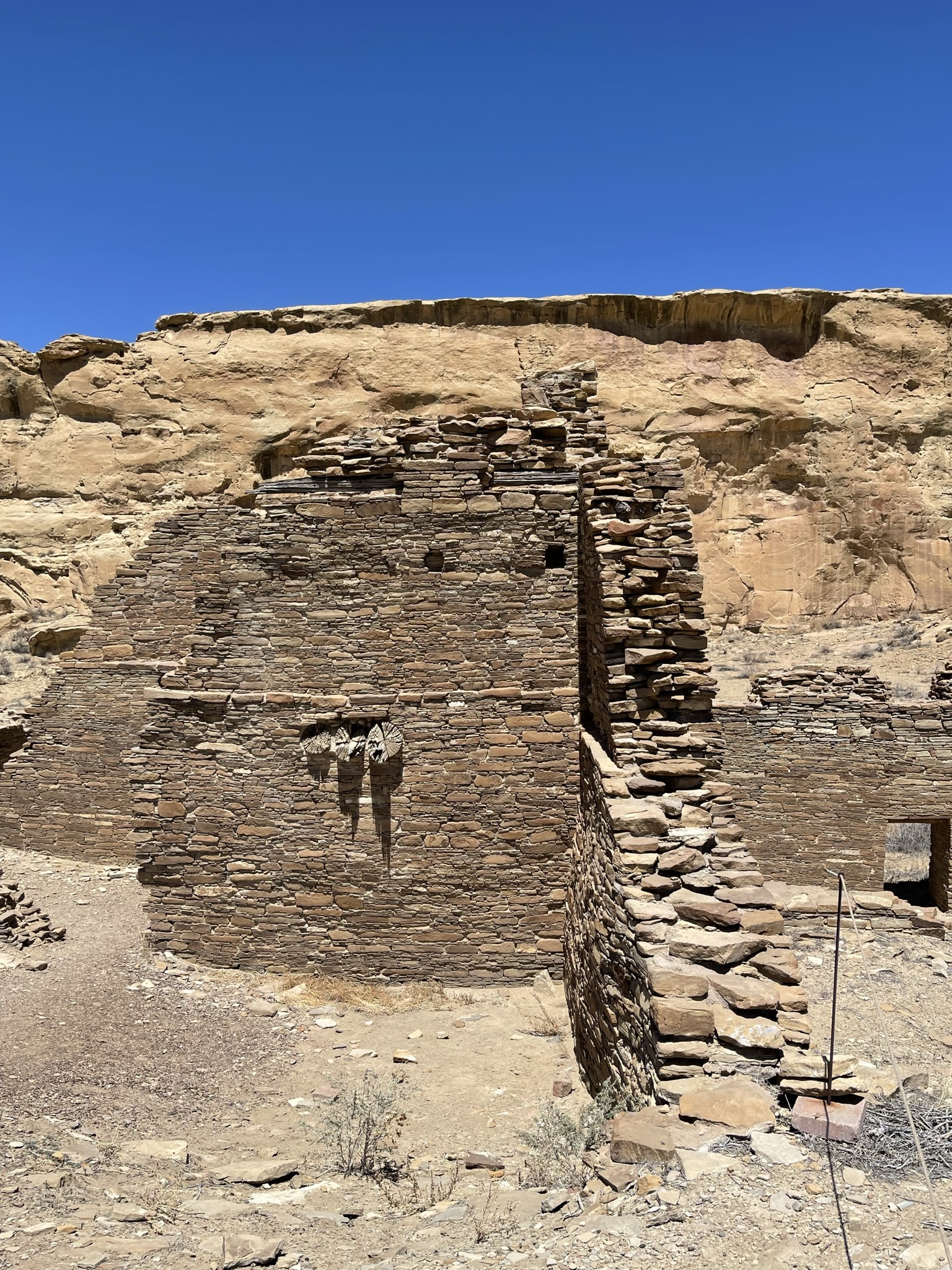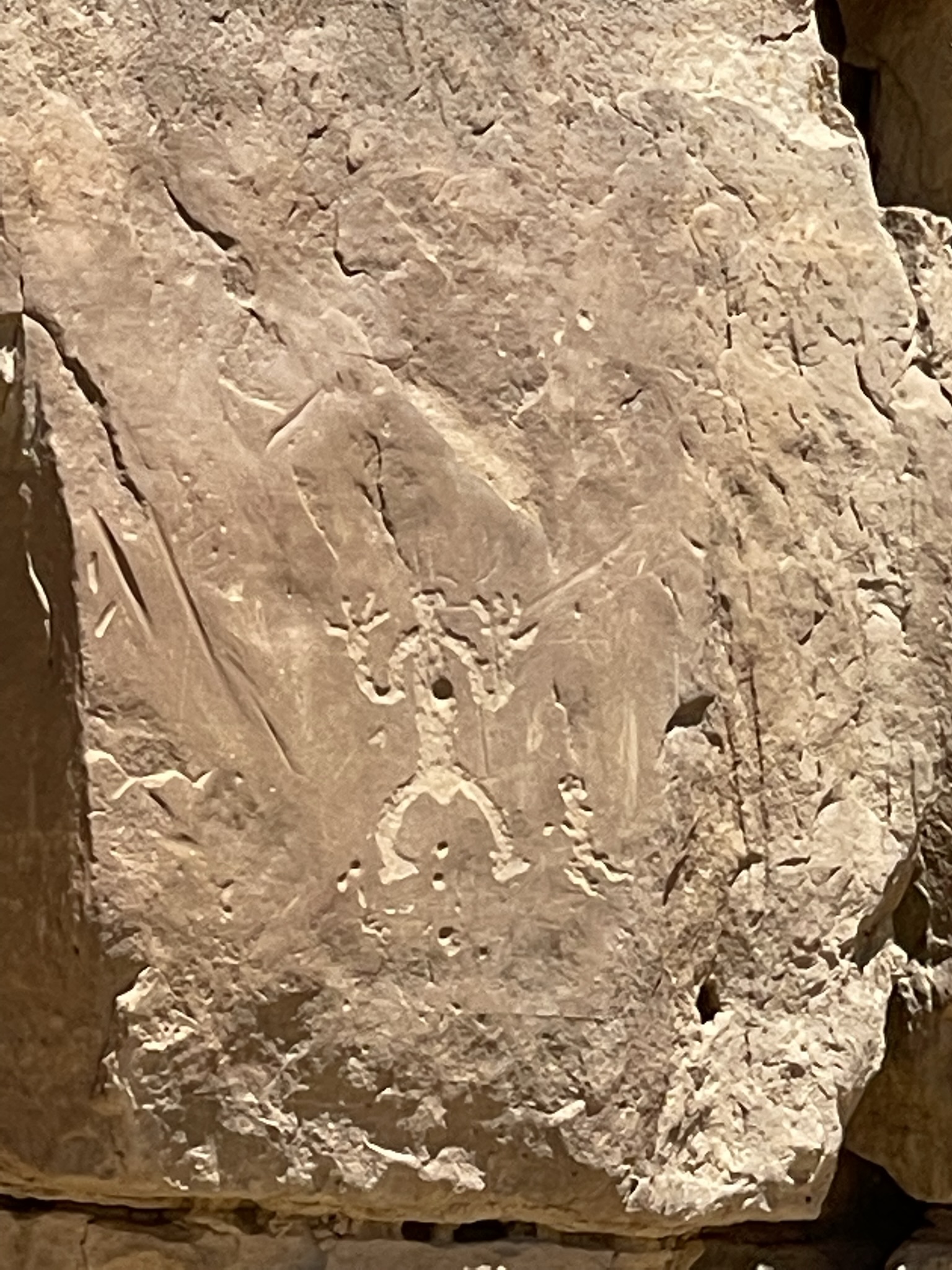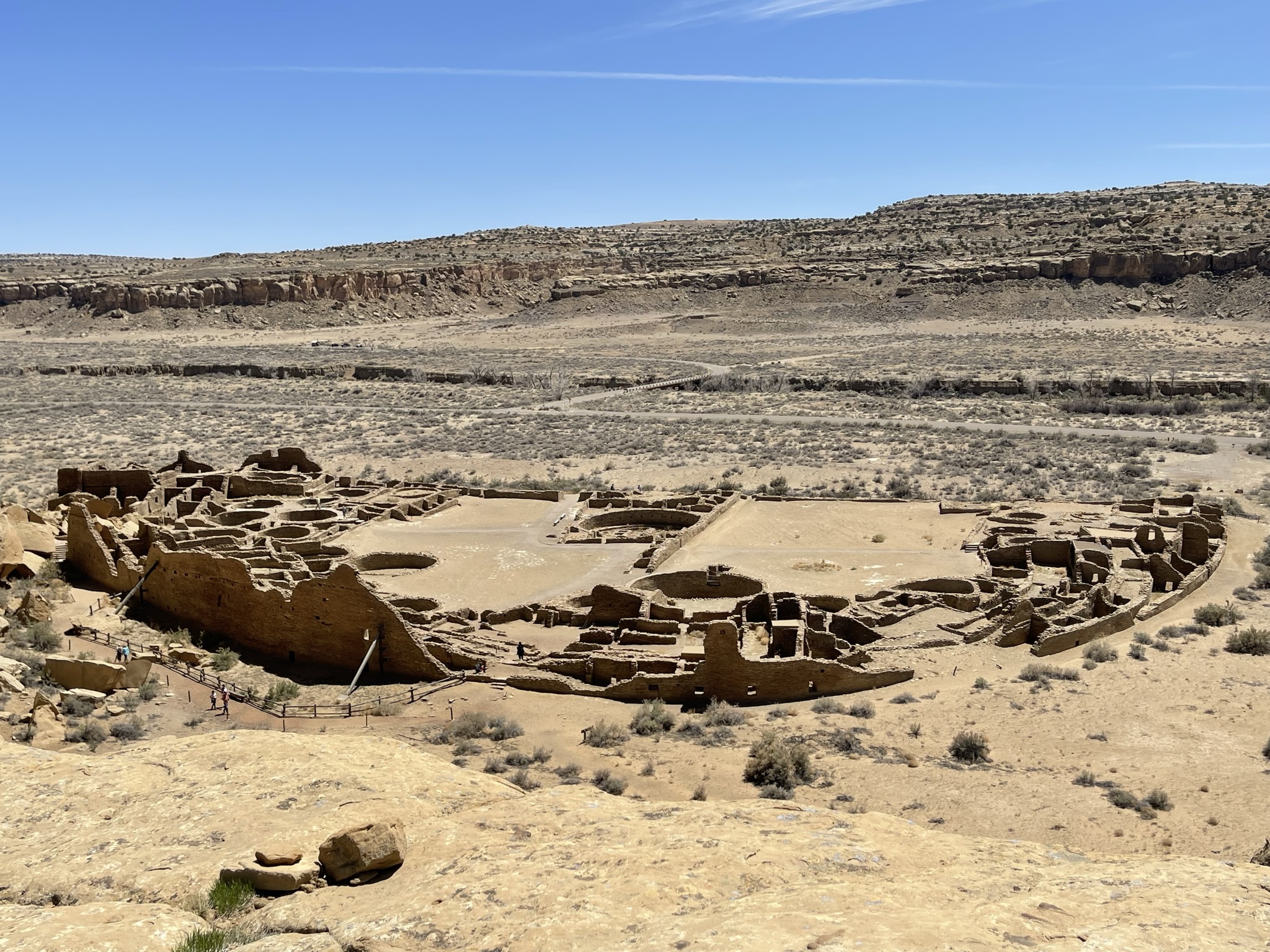Ages and Stages of Writing Instruction
Think of Writing like Cooking
From Dr. Michelle Parrinello-Cason
I’m a big fan of using metaphors to take the mystery out of writing instruction, and that’s what I’m going to be doing in this article.
One of the things I hear most often from families trying to figure out how to teach writing in their homeschool is concern. Concern that they aren’t doing “enough.” Concern that they’re “late” or “behind.” Concern that some particular skill isn’t developed adequately.
I hear these concerns—and, as a homeschooling mom, I feel them myself—but I’ve got an idea that I think will take some of the stress out of writing instruction.
To better understand the ages and stages of writing instruction, let’s think of writing like cooking.
Ages and Stages of Writing Instruction: Setting Our Goal
You don’t know where your kid is going to end up. Perhaps they’re going to be a world-class author of bestselling books or a researcher who publishes in peer-reviewed journals about their life-changing experiments. They may need mastery of formal, professional, and polished writing to meet their goals. Or they may not.
What you know for sure, though, is that they’ll need the foundational skills of communication. Whether they’re heading to college or not, whether they’re heading into a writing-intensive career or not, whether they like to write for fun or not, they’re going to need some basic foundations. Everyone benefits from the clarity, critical thinking, organization, and depth of exploration that comes with writing practice. It’s a universal skill.
Now think about cooking. You don’t know if your kid is going to end up a world-class chef. Perhaps they’ll go on to compete in cooking competitions or open their own restaurant. Perhaps they’ll create new and innovative recipes that change the culinary game. They may need the mastery of formal, precise, and decorative baking skills to meet their goals. Or they may not.
What you know for sure, though, is that the foundational skills learned through cooking are translatable to other areas in life. Being able to read and follow a recipe, converting amounts mathematically, experimenting with flavors, practicing hand-eye coordination, knowing how to feed themselves nutritionally-sound food, and developing safety strategies for knives and ovens—these are all skills worth developing for everyone.
Our goal then — whether we’re talking about cooking or writing—is to provide our learners with the foundational skills they need to follow the paths that interest them most. We don’t want to cut off any options for them, but we also don’t want to hyper-focus on perfection before they’ve had the chance to learn the basics. We want to foster an appreciation for exploration and skill-building.
Let’s get going.

The Early Years: Birth through Preschool
Cooking in the early years is mostly about appreciation for the process. We include our kids in the kitchen as we cook there ourselves. They eat food, and they explore its many textures, flavors, and appearances.
They see you as a model. You cook, you eat, and you prepare food and provide it to them. You describe food when they see it and teach them that the mashed potato and the French fry have the same origin. Your behavior and direct instruction provide a foundation in understanding.
When we do include kids in the actual cooking, it’s usually messy and requires either a lot of support or low expectations. But we include them anyway because we know that the skills and interests they’re building are worthwhile.
That’s what we should do for writing, too.
To set the stage for strong writers, these early years should include cultivating an appreciation for and joy in words and language.
The absolute best thing you can do to help with future writing and reading habits at this stage is read books—lots of them. Picture books, board books, audiobooks, chapter books—explore it all. Read that favorite story over and over again. Have a spot in the house where piling together with a book to read aloud just feels right and necessary. Get library cards and use them often. Have bookshelves that are accessible to little hands.
One thing that adults don’t always think of as part of their child’s education is their own modeled behavior, but it really matters for developing a love of language. Let them see you read, and them see you love it. That means read what you love and in a format that works for you. Graphic novels, page-turning thrillers, magazines, gardening books, cookbooks—explore it all. Let your kids see you as a reader.
Of course, this is also the age where you introduce letters and letter sounds and basic handwriting practice. There are tons of great tips available for these practices in the many, many preschool curricula out there. Find some that work and use them, but remember that creating wonder and joy around reading is just as much a foundational skill for writing as these more technical aspects.
At a Glance:
- Read, read, and read some more
- Model a love for reading
- Make books accessible and enjoyable

Early Elementary: Kindergarten-Second Grade
As kids develop more physical skills and longer attention spans, cooking can be a lot more meaningful. We’ll teach them how to safely use the knife and follow simple recipes. We don’t, however, expect that a dish come out perfect.
If a kid at this age makes cupcakes, for instance, we’re likely not expecting them to be iced evenly. They wouldn’t likely make their way into a display case of a bakery. But that doesn’t mean they aren’t delicious!
Continue building a great foundation for writing through that practice and appreciation for reading.
Great books, mediocre books, silly books, serious books—read it all. Keep the read aloud traditions, and—as your learner develops their own reading abilities during these years—provide them with access to choose their own independent reading selections. Don’t worry about keeping them “on level.” Reading under their level builds confidence. Reading above their level stretches their skills. Listening to audiobooks is reading. Reading graphic novels is reading. Reading is worthwhile in all its forms.
Introduce writing as a low-pressure experience. Write paragraphs describing personal experiences. Write letters to people you love. Make lists and take notes. Tell stories. Remember that writing doesn’t just mean pen to paper. It also includes playing with puppets and creating stories with Legos. Making a speech and recording it on video is writing. Drawing pictures is writing. Typing is writing.
Incorporate writing into other subjects. Have your learner write about how they would feel to be in a particular moment in history. Write down the results of the science experiment. Make writing a regular, meaningful part of day-to-day life.
As your writer’s interests and attention span allow, you can focus on some specific writing skills as they arise. Talk about capitalization conventions and how writers put periods at the end of sentences. Model these practices in your own writing and when you scribe for your writers. Do not make a big deal out of it when they don’t immediately translate these skills into their own writing. Do not make every piece of writing require perfect polish. Let most of their writing exist in its rough draft form. It teaches them that, first and foremost, writing is about ideas.
We understand that getting in the kitchen and making a mess is a great way to build the interest and early skills for a lifelong cooking practice. Writing skills happen the same way.
At a Glance:
- Read, read, and read some more
- Make writing a low-pressure activity
- Remember writing takes many forms
- Make a mess

Late Elementary: Third-Fifth Grade
At this point in cooking, you might start adding in some more refined requirements and expectations. Your young chefs will probably start to master specific recipes they can complete without your assistance. They may start mixing together their own concoctions—some will be delicious, and some will be . . . well, not delicious. Experimentation is important, and this stage adds the consideration of external expectations. What kind of food will other people like, too?
In writing, now is the time to start introducing some basic academic writing conventions. These should remain low stakes and occasional. Not every piece of writing requires rigorous standards around mechanics and grammar. Much—perhaps even most—of your learner’s writing should remain informal, not evaluated on its lower order concerns like spelling and punctuation.
Occasionally, though, introduce a formal assignment that does need to be polished and perfected for an audience. Use these assignments to identify the areas that need the most attention. Help writers start to develop their own revision process. Teach them to read aloud and listen for errors and missing words.
The biggest goal of this age and stage is to get them comfortable with the idea that sometimes—but not always—writing comes with higher expectations. It’s like baking cupcakes at home vs. baking them for a professional shop display. At home, it doesn’t matter if the icing is uneven and the wrapper pulled off a big chunk of the cupcake. It’s still delicious. If you were putting them in a shop display, though, you’d be more careful and deliberate with what you put forward. You might even have to make cupcakes you wouldn’t normally make—specific flavors and themes that meet your customers’ demands.
This is the time to start exploring that concept with an occasional assignment. Just make sure that it always has an authentic context. Tie it to a lesson in another subject. Write about a character from that history chapter. Summarize that documentary. Write a letter about the social justice lesson. Writing needs to be meaningful.
At a Glance:
- Introduce occasional higher-stakes requirements
- Start to consider audience more formally
- Write in multiple subjects
- Make writing meaningful and connected to ideas

Middle School: Sixth-Eighth Grade
At this point, those home chefs probably have some pretty sophisticated skill sets, but they may have developed unevenly. They might be very skilled at particular kinds of cooking but not have much practice in others. They may still need supervision during tricky or risky practices, but they’re likely getting comfortable with creating their own plans and following more complex recipes.
This is the time to really start to understand academic writing conventions and their requirements. Helping a learner nail down these concepts now means that their high school years can be spent exploring the effectiveness and finding their personal voice rather than being overwhelmed by the demands.
Build on the work from the Late Elementary section by incorporating more and more formal writing assignments with specific expectations in terms of form, format, and goals. Support the development of an individual and rigorous revision process by requiring multiple drafts with feedback at each stage. Break writing assignments down into steps that help learners choose topics, research, outline, brainstorm, draft, revise, and polish with purpose and intention.
Continue to do a mix of formal and informal writing assignments that don’t always require such careful attention to grammar and mechanics. It’s important to remember that writing is always about ideas first. The polishing is important for some circumstances, but the ideas are important all the time.
Most importantly, if you can get all the basic skills introduced in these stages, writing at the high school level can really be about exploration, developing critical thinking skills, and discovering ideas.
Think of it as sending your chefs off with a familiarity of a range of cooking styles and techniques even if they have their favorites that are more heavily leaned upon.
At a Glance:
- Mix informal and formal writing assignments
- Focus on developing a flexible and personal writing process
- Experiment with different formats and goals
- Introduce assignments that create new expectations

High School: Ninth-Twelfth Grade
Ideally, this would be the stage where a chef could start to explore their own recipes and explore unique flavor combinations with confidence and bravery. Sure, sometimes things are going to fail, but someone who has experience in the kitchen and strong foundational skills won’t feel deterred by an experiment that doesn’t work out.
That’s how we want our high school writers to approach their craft: unafraid to think outside the box and prepared to improvise when a new idea strikes.
In order to get there, high school writing should be about pushing the boundaries of the comfort zone and continuously asking writers to consider different audiences and purposes. The more complex, engaging, and authentic the writing experiences can be, the better.
Continue to explore the connection between reading and writing by making writing a component of different subjects. Remember that writing takes many forms, and creating infographics, video reports, and speeches all count.
Build authentic writing experiences where a real audience sees the finished product. Send letters to elected officials and post flyers in the park. Make street art and publish podcasts. Teach your writer that their voice matters and find an audience who wants to hear it.
Research becomes a key focus of writing at this stage, and knowing how to find credible sources and incorporate them meaningfully into their own writing is one of the most important skills a high school writer can develop.
Teach them that writing sometimes has to follow academic writing conventions to perfection. Cover letters and resumes can’t afford to have a typo or a punctuation error. Help them learn when it matters most.
At a Glance:
- Make research a major component
- Write across different subjects
- Create real-life audiences
- Write in various forms and formats

Ages and Stages of Writing Instruction: Final Thoughts
It’s never too late to learn writing skills. We’re all communicators by our very nature, and these are skills that we’ll develop more when we have situations that call upon them in a meaningful way.
The most important advice I can give for families working on writing is to meet your learner where they are and don’t worry about any official timeline. We all develop skills in their own time and place. The more we practice, the better we become, and the absolute most important thing you can do is provide your writer support to practice often.
Just like cooking, writing is a lifelong skill. Some of us use it daily and with joy—we’re constantly looking at new ways to practice the skill and make it a key part of our lives. Others may do it begrudgingly and only when necessary, but it’s still easier to do when we have a strong foundation behind us.
Start wherever you are and build skills with the confidence that they’ll serve your learner well today and for the rest of their lives.
Michelle Parrinello-Cason is the founder of Dayla Learning, a place for “homeschooling the humanities with humanity.” Michelle has a PhD in English and more than twenty years of experience as an educator, including six as a full-time college professor. As a homeschooling mom of two, Michelle has embraced home education as a place to put the principles of trust in students, critical thinking, and flexible engagement with the world into practice. She offers secular online classes and materials for English, philosophy, and literature and likes to teach through a pop culture lens.
Check out our article, Ages and Stages for Teaching Science.
New to Homeschooling? Check out our How to Homeschool 101 Article.









